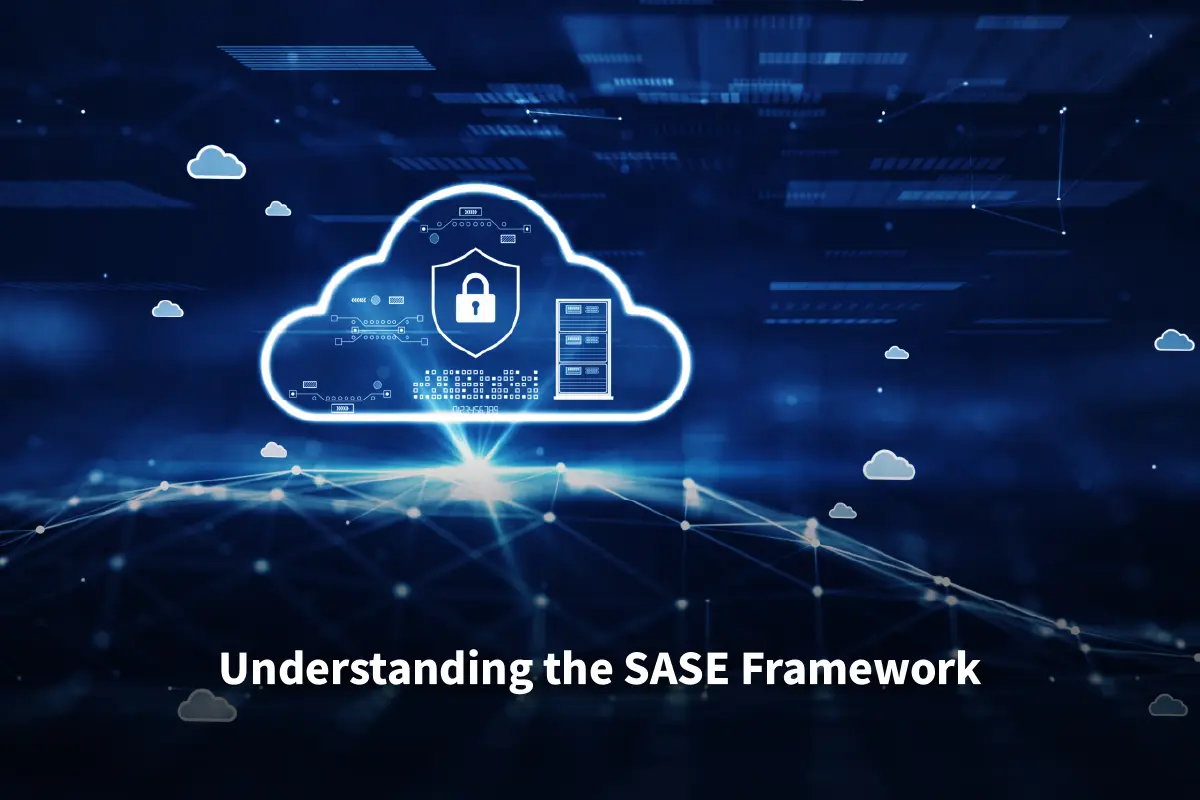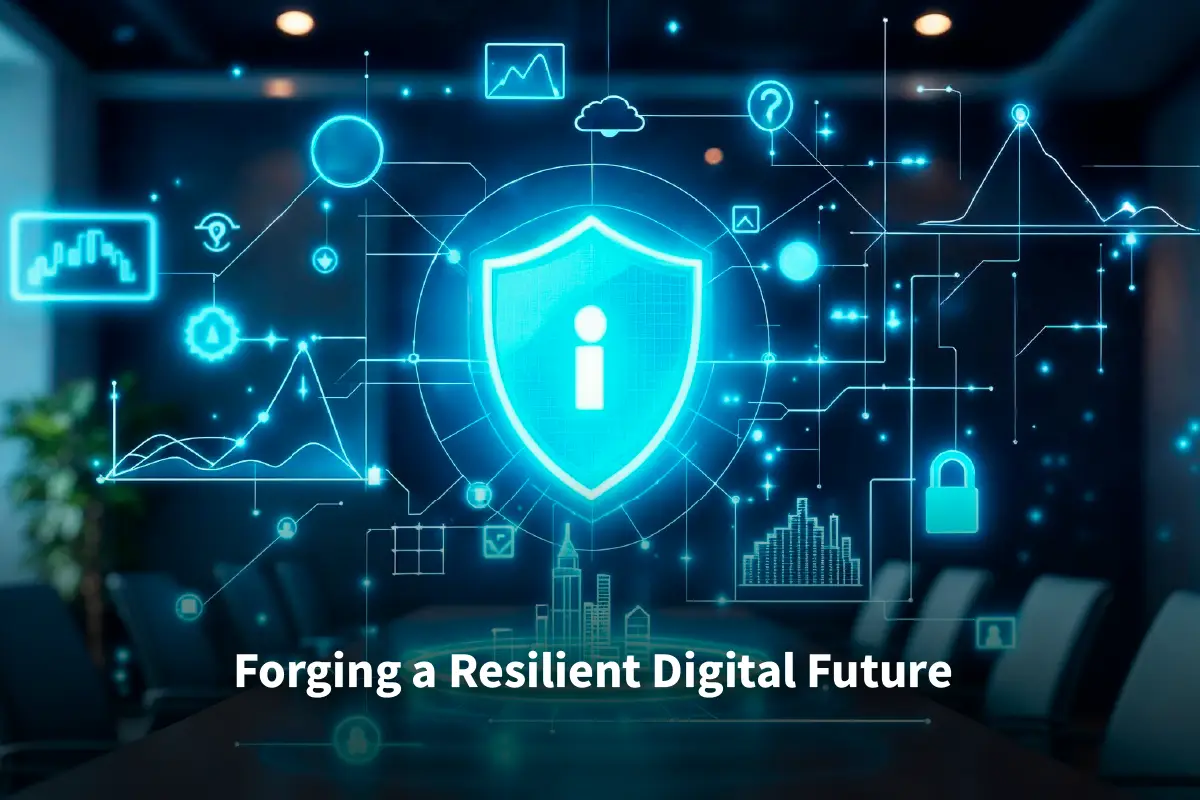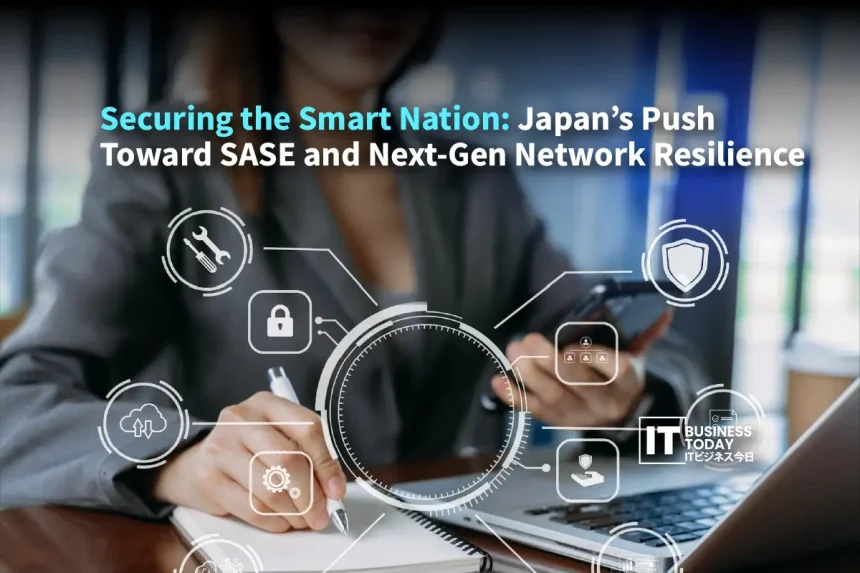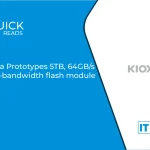In the heart of Tokyo, a city that pulses with the rhythm of the future, a quiet revolution is unfolding. It’s not in shiny robotics labs or fast maglev tracks. It’s in the structure of the nation’s digital infrastructure. Japan is moving boldly toward its goal of a ‘Society 5.0,’ which is a super-smart, human-centered society. However, its business leaders face a tricky challenge. New technologies like IoT, remote work, and cloud-first apps are pushing old corporate network security models. The castle-and-moat approach is outdated. This method relied on a strong perimeter to protect a central data kingdom. The kingdom is now spread across thousands of homes, coffee shops, and mobile devices. The moat has nearly vanished.
This seismic shift demands a fundamental rethinking of security and connectivity. It is no longer a question of merely upgrading a firewall or investing in a new VPN solution. The moment needs a smart approach. We require a new design that matches the fast and varied modern workforce. This isn’t just a trend for the future. Japan’s business strength and competitiveness for the next decade depend on this urgent reality. More and more forward-thinking executives are quickly adopting Secure Access Service Edge, or SASE. In fact, more than 70% of organizations implementing telework in Japan are evaluating advanced frameworks like Zero Trust, SWG, and SASE, with 21.6% already adopting SASE, 22.1 percent securing budgets, and 28.9% in the evaluation phase.
Why Traditional Networks Are Failing
For decades, the corporate network was a predictable entity. Data stayed in the on-premises data center. Employees worked from the office. Security teams built strong digital walls around this key asset. This model, while once effective, now creaks under the weight of modern demands. Consider the typical Japanese enterprise today. Critical applications aren’t just in a Tokyo data center anymore. They’re now hosted on global clouds like AWS, Azure, and Google Cloud. The workforce is now decentralized. It’s a mix of remote workers, satellite offices, and global partners.
The legacy response to this dispersion has been a logistical and security nightmare. Backhauling traffic from a remote worker in Fukuoka to a security stack in Osaka slows things down a lot. Access to a cloud application in Virginia is slow. This hurts user experience and productivity. This design flaw goes against the Japanese principle of monozukuri. Monozukuri is all about making things efficiently and with excellence. How can we expect excellence when the digital tools are fundamentally inefficient? A recent survey shows that 78.5% of Japanese companies still plan to continue using VPNs, while only 21.1% have adopted Zero Trust approaches, though this is a 7.8-point increase since 2022.
Also Read: How Are Global Enterprises Using Cloud and Data Integration to Drive Innovation?
Furthermore, the expanding attack surface is a constant source of vulnerability. Every unmanaged device, remote connection, and cloud instance can let threat actors in. Using a mix of tools like a VPN, a standalone firewall, and a cloud access security broker can leave visibility gaps. This can overwhelm IT teams that are already stretched thin. Sophisticated cyber threats thrive in this fragmented environment. They include ransomware and state-sponsored espionage. These threats are built to take advantage of the chaos.
Understanding the SASE Framework

SASE, a term created by Gartner, is more than just a new product. It’s a game-changing architectural framework. It combines network security functions with wide-area networking (WAN) features. This creates a single, cloud-native service. Imagine swapping out your complex hardware and services for a simple, unified system. This identity-driven fabric connects every user, branch office, and cloud app to the services they need, no matter where they are.
At its core, SASE is built upon several foundational pillars. Identity becomes the new perimeter. Access policies now consider a user’s identity, the context of their request, and data sensitivity. They no longer rely solely on the IP address. A zero-trust approach is built in. It means ‘never trust, always verify’ for every access attempt, every time.
Equally critical is the global cloud-native platform. A true SASE architecture comes as a service. It uses a network of points of presence (PoPs) that are built for this purpose and spread globally. This makes sure security and connectivity happen close to the user. It cuts out inefficient backhauling. So, everyone gets a consistent, high-performance experience, whether in Sapporo or São Paulo.
This convergence unites a complete security stack.
It includes:
- Firewall as a Service (FWaaS)
- Secure Web Gateway (SWG)
- Cloud Access Security Broker (CASB)
- Zero Trust Network Access (ZTNA)
All these elements work together within one clear policy layer. A security policy for a user in the Osaka office is the same whether they connect from home in Kyoto or a hotel in Singapore. This ensures consistent control and reliability.
Aligning SASE with National Goals
The push toward SASE in Japan is not happening in a vacuum. It is intrinsically linked to broader national strategic initiatives. The Japanese government aims for a ‘Smart Nation’ and ‘Society 5.0.’ This vision focuses on blending cyber and physical spaces. By using AI, big data, and IoT, Japan hopes to tackle social problems and boost economic growth. This vision rests on a base of data, huge volume of sensitive and often critical information.
SASE provides the architectural blueprint to secure this data flow. For a big manufacturer using IoT sensors in its supply chain, SASE helps. It makes sure data from these devices is authenticated, encrypted, and checked for threats before it gets to the analytics platform. For a financial institution using open banking APIs, SASE can enforce tight access controls. This ensures partners only see authorized data sets in real time. It supports the agility and innovation needed for national goals. It also provides the security and resilience needed for our infrastructure. Japan’s overall cybersecurity market is projected to grow from US$ 6.4 billion in 2021 to US$ 38.9 billion by 2030, at a CAGR of 22.6%.
The cultural alignment is equally significant. The Japanese business philosophy emphasizes long-term stability. It aims to reduce risks and achieve operational excellence. This includes hoshin kanri, or strategy deployment, for the digital age. SASE changes security from a reactive cost center to a proactive strategic tool. It gives leadership a clear view of the organization’s security and network performance. This shifts IT from a department that often says ‘no’ because of risks. Now, it can confidently say ‘yes’ to new business opportunities. They know the architecture can support these safely.
The Path to Implementation
Adopting a SASE framework is a big task. It needs careful planning and support from executives. It is a journey of transformation, not a simple product swap. The first step involves a clear-eyed assessment of your current state. This means identifying all users, devices, applications, and data flows. Then, you can see the dependencies and performance needs of your business.
Next, focus on creating a unified security policy. This should be based on identity and context. This exercise needs input from more than just IT. It should include legal, compliance, and business unit leaders too. The goal is to create a policy that boosts productivity and protects company assets.
The migration itself is best approached in phases. Many organizations start by using ZTNA to secure their remote workforce. It offers a safer and better-performing option than traditional VPNs. The next phase usually connects branch offices straight to the SASE cloud. Next, we use advanced security controls to access cloud apps and the public internet. Throughout this process, selecting the right partner is paramount. Choose a provider with a global, scalable network. They need a solid security setup and a clear plan that aligns with your long-term goals.
Forging a Resilient Digital Future

The journey toward a smarter, more connected Japan is unstoppable. The question for today’s business leaders is not if they will adapt, but how. Will they keep putting resources into a weak perimeter? Or will they accept the new architectural shift in enterprise technology?
SASE isn’t just an acronym; it’s a plan. It helps create a network that is secure, agile, fast, and resilient. It is the base that lets Japanese companies build with confidence. They can innovate freely and compete worldwide. In the quest for kaizen, continuous improvement, updating your network security goes beyond IT. It’s a vital business need. The smart nation will be built by those who secure it first.







